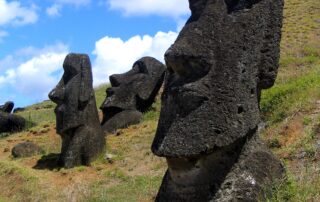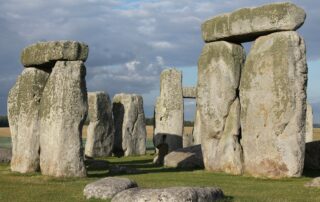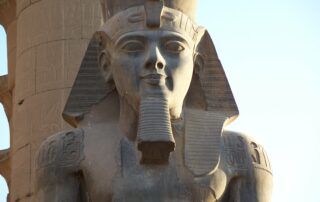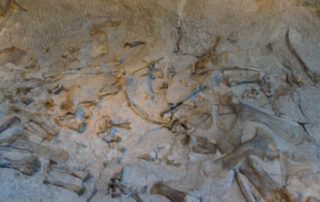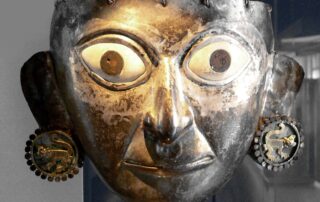Monoliths, Megaliths, and Ancient Quarries – Part 3
Polynesians living on Easter Island (Rapa Nui) carved enormous stylized human figures known as moai thousands of years after ancient societies built the Stonehenge and Egyptian monuments. Easter Island, formed by three volcanoes that rose out of the sea, contains a variety of volcanic rocks. The ancient carvers carefully selected rocks and carved their statues between about 1250 and 1500 CE. Nearly 900 of the moai can be seen on the island today.
